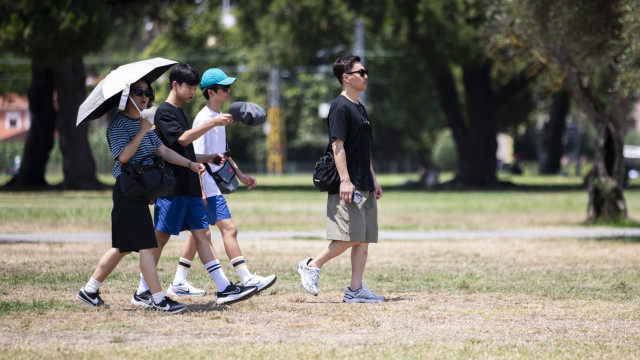
At the start of 2024, the airline group, one of the three major European contenders interested in acquiring TAP (alongside Lufthansa and IAG), reported a loss of 480 million euros.
From January to March of this year, the operating profit remained significantly negative, with losses amounting to 328 million euros. However, this deficit was 33% lower than the previous year, the airline stated in a release.
The quarterly revenue saw a 7.7% increase (6.7% adjusted for currency rate fluctuations), totaling 7.165 billion euros. This rise was attributed to a 3.3% growth in passenger traffic volumes and a 2.6% increase in passenger unit revenue.
Overall, Air France-KLM transported 21.81 million passengers in the first quarter, up by 4.5% compared to the same period in 2024, with an average aircraft occupancy rate of 86%.
The decrease in occupancy rate was notably marked for the low-cost carrier Transavia, with a drop of two percentage points. This was due to a substantial 13.6% increase in seat availability that was not met with a corresponding traffic increase (10.7%).
Transavia’s operational result deficit rose to 205 million euros, compared to 40 million euros in the first quarter of 2024.
Air France reported a negative operating result of 183 million euros (a reduction of 66 million), whereas KLM also reported a deficit of 199 million euros (a reduction of 92 million).
Air France-KLM’s debt decreased by 400 million euros during the first quarter, bringing the total down to 6.9 billion euros.
The Franco-Dutch group maintained its annual targets, which include increasing capacity by 4% to 5% and making net investments between 3.2 billion and 3.4 billion euros.
The airline’s CEO, Benjamin Smith, acknowledged in a statement that “the increasingly uncertain environment may generate new headwinds,” yet he expressed confidence that his company is “well-positioned to adapt and continue improving thanks to its diversified network and its range of products and services.”




